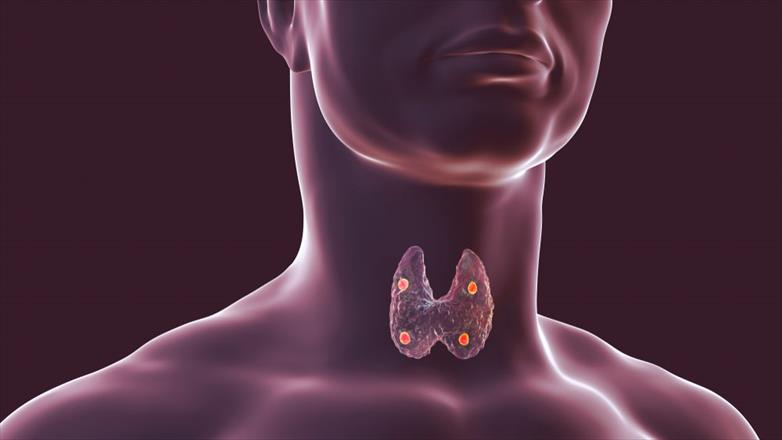Hyperparathyroidism happens when there is too much parathyroid hormone (PTH) in the blood. This is due to overactivity of one or more (total four) parathyroid glands in the neck.

Types / Classification of Hyperparathyroidism
- Primary Hyperparathyroidism:
This occurs when the normal control between calcium levels and PTH secretion breaks down. It’s more common in women (2 to 4 times) than men. - Secondary Hyperparathyroidism:
Here, the glands become enlarged due to other body problems, like kidney failure. It can happen at any age in kidney patients. - Tertiary Hyperparathyroidism:
In this type, the glands keep making too much PTH even when calcium levels are normal, usually after long-term kidney problems.

Causes (Etiology) of Hyperparathyroidism
| Primary | Secondary | Tertiary |
| • Non-cancerous tumor (adenoma) | • Paget’s disease, bone cancers | • Overactive PTH even when calcium is normal |
| • Growth in two or more glands | • Kidney failure | • After kidney transplant |
| • Cancerous tumors (rare) | • Severe calcium (hypocalcaemia) or vitamin D deficiency | • Long-term secondary hyperparathyroidism |
Risk Factors
- Being female
- Chronic kidney disease
- Past neck or thyroid surgery
- Radiation therapy to the neck
- Lack of calcium or vitamin D in the diet
Pathophysiology
Primary Type:
- Most cases are due to a single gland tumor (adenoma).
- PTH causes calcium to increase in the blood from bones, kidneys, and intestines.
- Bone loss and kidney stones are common.
Secondary Type:
- Kidneys don’t filter properly, leading to high phosphorus and low calcium.
- Low calcium increases PTH production.
- PTH works harder to keep phosphorus under control.
Tertiary Type:
- Parathyroid glands stay overactive even after the original problem (like kidney disease) is treated.
Signs and Symptoms
- Nausea and vomiting
- Loss of appetite
- Depression, tiredness
- Bone pain, joint pain, fractures
- Bone deformities like rickets
- Kidney stones, frequent urination
- High blood pressure
- Constipation
- Mental changes: from anxiety to confusion
Diagnostic Tests
- Medical History: Past surgeries, kidney stones, bone pain
- Physical Exam: Look for signs like high blood pressure
- Ultrasound: Helps locate enlarged parathyroid glands
- CT or MRI: Gives detailed images when ultrasound is not enough
- Urine Test: Checks kidney function
- X-ray: Shows bone damage or thinning
Management and Treatment
Medical (Non-surgical) Treatment
- Primary type: Low-calcium diet
- Secondary type: Calcium supplements and phosphorus restriction
- Hydration: Saline helps flush out extra calcium
- Medications:
- Plicamycin (a rare antibiotic for lowering calcium)
- Bisphosphonates (to prevent bone loss)
Surgical Treatment
- Most common and effective for primary type
- Surgeon removes one or more overactive glands
- If all four are affected, only 3 or part of the 4th gland is removed
- Usually outpatient surgery with small neck incisions
- Risks:
- Vocal cord nerve damage
- Long-term low calcium (needs supplements)
Complications of Hyperparathyroidism:
- Kidney Stones (Nephrolithiasis)
- Osteoporosis
- Renal Impairment or Chronic Kidney Disease (CKD)
- Peptic Ulcers and Pancreatitis– Hypercalcemia stimulates gastric acid secretion and may trigger inflammation in the pancreas.
- Arrhythmias (Irregular Heartbeats)
Nursing Care Plan
- Ask patient about symptoms like bone pain or fatigue
- Monitor calcium levels and vital signs
- Encourage a balanced diet
- Provide prescribed supplements
- Help with walking or movement if bones are weak
- Ensure bed safety
- Give small, frequent meals
- Encourage fluids
- Assist with hygiene and oral care
